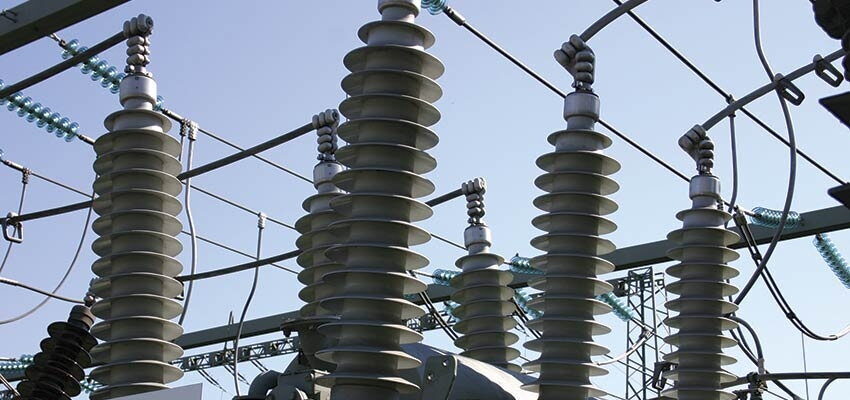
Effective bushing diagnosis using partial discharge testing
Abstract This article demonstrates how the inclusion of partial discharge as a measurement parameter ensures a more reliable diagnosis of insulation condition in transformer bushings....
byL.V. Badicu, W. Koltunowicz, J. Subocz

Abstract
This article demonstrates how the inclusion of partial discharge as a measurement parameter ensures a more reliable diagnosis of insulation condition in transformer bushings. Comparative diagnostic tests showed that the partial discharge measurements best enabled the detection of bushing defects, which the other methods were not able to detect alone.
The tests were performed in the lab on oil-impregnated paper (110 kV – with induced defects) and resin-bonded paper (52 kV – with design flaws) bushings. The bushings were subjected to long-term AC tests during which the capacitance, dissipation factor and partial discharge levels were continuously measured. A correlation between the measured parameters and the bushing condition was performed to reach a best-practice conclusion.
Keywords: bushing, insulation system, partial discharge measurement
1. Introduction
CIGRE recently published a technical brochure in which 964 major transformer failures occurring between 1950 and 2009 were analysed. Transmission and distribution transformers, as well as shunt reactors and generator step-up transformers (GSU), were considered in this analysis. Their overall failure rate was within 1%. Dielectric failures were the most significant in all transformer classes. The windings, bushings and lead exits are affected by this failure mode. It is known that bushings are responsible for approximately 14% of major transformer failures regardless the type of their insulation system – resin-bounded paper (RBP), resin-impregnated paper (RIP) or oil-impregnated paper (OIP). The failure rate is even higher, approximately 18%, when the analysis is limited to transformers manufactured after 1980, Fig. 1.

Figure 1. Failure location in transformers manufactured after 1980 (342 failures, U ≥100 kV)







